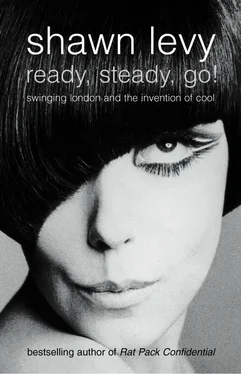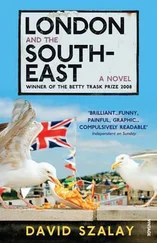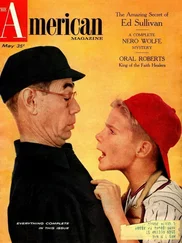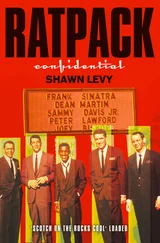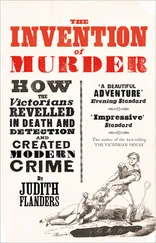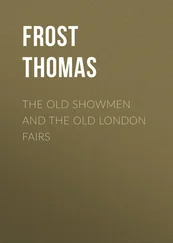New York had been an education for both photographer and model. The British Vogue office had been somewhat nauseated by the prospect of unleashing their bright new Cockney on outsiders. ‘To give you an idea of what it was like then,’ Bailey remembered, ‘Ailsa Garland, the editor of Vogue, phoned me before we left and said, “Don’t wear your leather jacket at the St Regis. Remember you represent British Vogue ! "' But Bailey dressed as he pleased: the Vogue chauffeur sent to take him to the airport was horrified to find him waiting in a sweater and jeans. In New York, Miki Denhof, the editor of Glamour, which gave Bailey his first stateside work, remembered her shock on first seeing him: ‘Nobody came to the office in jeans.’ But Diana Vreeland, who’d only recently taken over at American Vogue, knew the real thing the moment she saw it, interrupting the subordinate who was introducing Bailey and Shrimpton with ‘Stop! They are adorable! The English have arrived!’
The majority of American editors weren’t, however, any more prepared to give free rein in their pages to Bailey and his hand-held, freewheeling imagination and imagery than their English counterparts had been. ‘You’re all over the map,’ he was told. In Women’s Wear Daily, the great Richard Avedon dismissed Bailey as ‘a Penn without ink’. And Bailey was even more disappointed at the treatment afforded Shrimpton: ‘It was very square, very “professional”. And what they did to Jean was amazing: they tried to turn her into a kind of doll – stiff hair, too much make-up, over-production. By the time they were finished, it wasn’t really Jean anymore. And it had nothing to do with what we were doing in London at the time, which was much more natural.’
So they became a revolution of two. For the next couple of years – be it in London, New York, Paris or the countryside – Bailey and Shrimpton worked almost exclusively together and, until the rise of the Beatles, were the most glittering jewels in the diadem of the New Aristocracy, the set of young pretties and go-getters whose rise and adventures filled the newspapers and the dreams of young strivers in the East End, South London and the hinterlands.
Bailey, blessed by the money, access and haughty remove his status afforded him, nonetheless harboured a resentful attitude towards the glittery cage in which he believed success had trapped him, and he became frankly bristly when asked about the clichéd image of his life: ‘The whole thing about the East End fashion photographer is that it is perfect for cheap journalism. They always have me talking like a cockney but I don’t think I speak particularly cockney. And in fact I’ve never been out with girls who wear white boots. And I’ve never called a woman a bird.’
Конец ознакомительного фрагмента.
Текст предоставлен ООО «ЛитРес».
Прочитайте эту книгу целиком, купив полную легальную версию на ЛитРес.
Безопасно оплатить книгу можно банковской картой Visa, MasterCard, Maestro, со счета мобильного телефона, с платежного терминала, в салоне МТС или Связной, через PayPal, WebMoney, Яндекс.Деньги, QIWI Кошелек, бонусными картами или другим удобным Вам способом.
